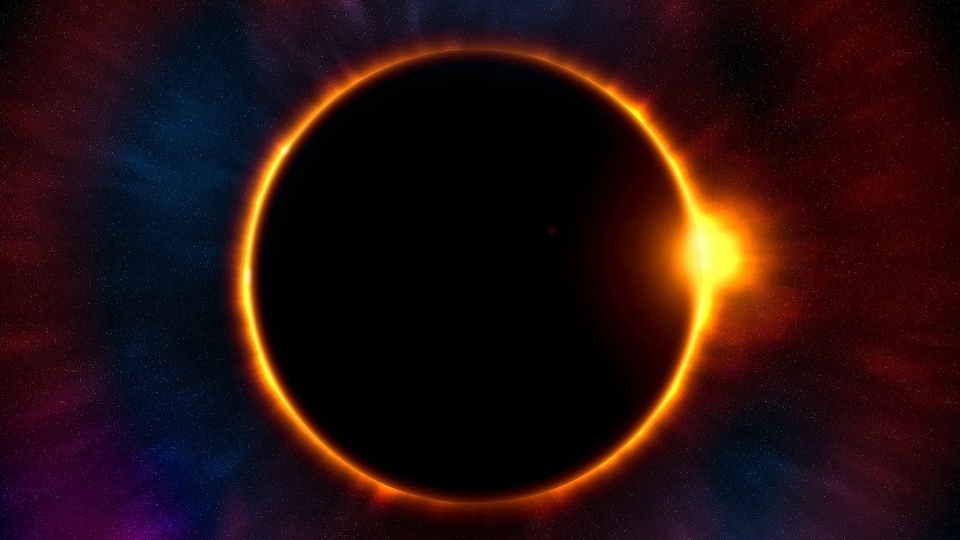Monster sunspot triggers fears of solar storm strike on Earth; Can spark solar flare eruptions
Sunspot AR3421 has emerged on the Sun's central meridian, meaning it is directly facing the Earth. With chances for solar flare eruptions, scientists are concerned that any incoming CME can spark solar storms.

After an unexpected solar storm event in the late night of September 2, that extended well into the morning of September 3, many scientists believe that such solar activities will now continue to increase till the equinox on September 23. During equinoxes, the Earth's magnetic poles (north and south) are at right angles to the solar wind. This makes the solar wind stronger, which can cause stronger magnetic storms. To increase the troubles, a new sunspot, AR3421, has also emerged directly in view of the Earth. The sunspot contains a mixed polarity magnetic field that can often create powerful solar flare eruptions. In case a large enough coronal mass ejection (CME) is released during the event, it can trigger a destructive solar storm.,
As per a report by SpaceWeather.com, “A new sunspot is emerging on the sun's central meridian, directly facing Earth. Numbered AR3421, the active region has a mixed polarity .magnetic field that could harbor energy for geoeffective flares”.
Solar storm fears rise
While the presence of a sunspot does not automatically guarantee solar activity, it is likely when such regions contain opposing magnetic fields, as they often trigger solar flares. Once a solar flare erupts in Earth's direction, the massive ultraviolet radiation can often cause radio blackouts on Earth, limiting short-range wireless communications.
The main challenge comes from any CME clouds that are geoeffective as they can trigger powerful solar storms. In worst-case scenarios, such solar storms can not only damage satellites and disrupt wireless communications such as internet services, mobile networks, and GPS, they can also cause power grid failures and even disrupt electronics such as heart pacemakers on Earth.
Various satellites such as NASA's Solar Dynamics Observatory (SDO), Heliospheric and Solar Observatory (SOHO), European Space Agency's Solar Orbiter, and others are constantly monitoring the Sun to know if the sunspot goes berserk.
How NASA SDO collects its data
The NASA SDO carries a full suite of instruments to observe the Sun and has been doing so since 2010. It uses three very crucial instruments to collect data from various solar activities. They include Helioseismic and Magnetic Imager (HMI) which takes high-resolution measurements of the longitudinal and vector magnetic field over the entire visible solar disk, Extreme Ultraviolet Variability Experiment (EVE) which measures the Sun's extreme ultraviolet irradiance and Atmospheric Imaging Assembly (AIA) which provides continuous full-disk observations of the solar chromosphere and corona in seven extreme ultraviolet (EUV) channels.
Catch all the Latest Tech News, Mobile News, Laptop News, Gaming news, Wearables News , How To News, also keep up with us on Whatsapp channel,Twitter, Facebook, Google News, and Instagram. For our latest videos, subscribe to our YouTube channel.
































